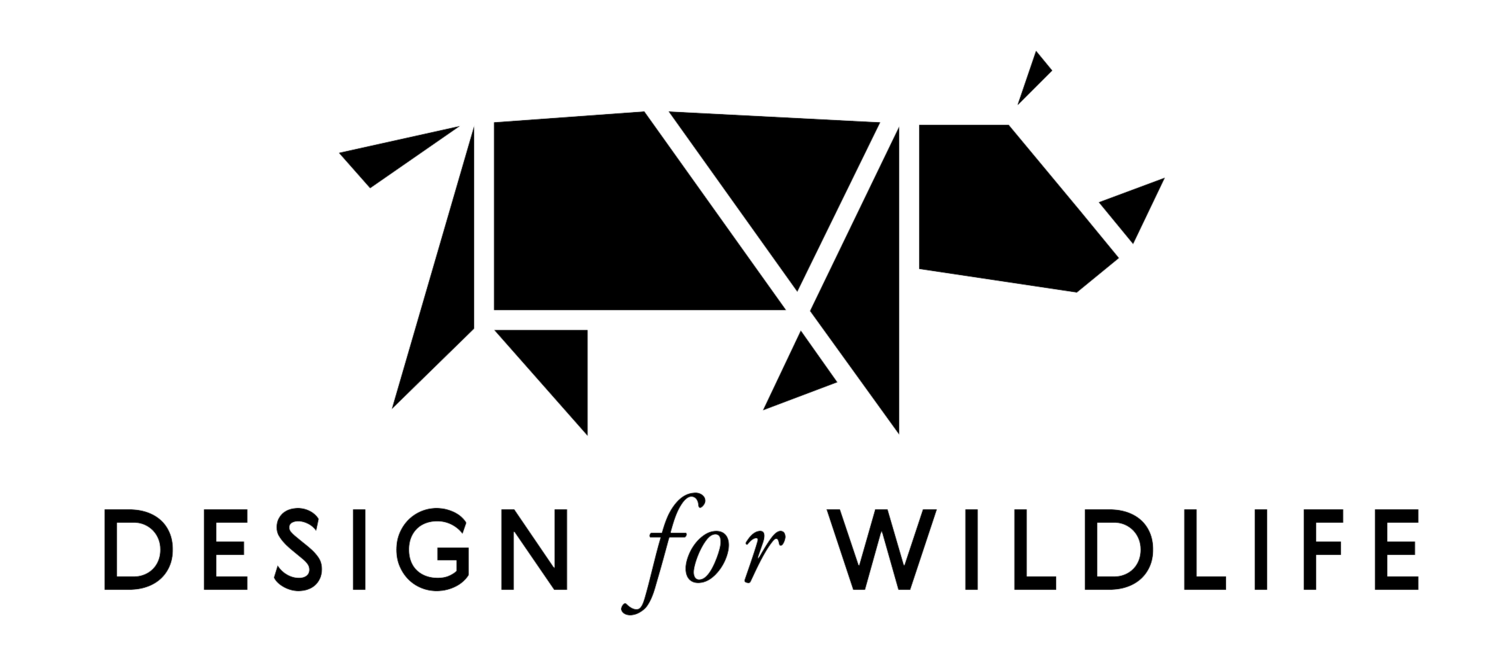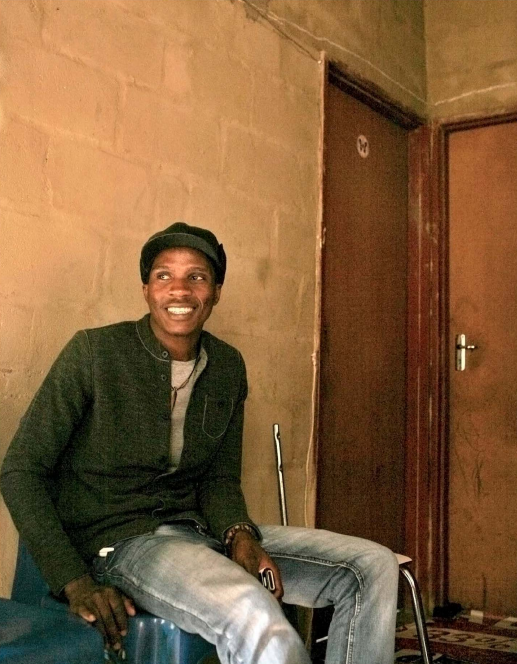The Lives of Informal Workers
We set out to find informal workers across Africa and Asia to see who they are, what they love, what they fear and the role of healthcare systems play in their lives. Why? To help The Rockefeller Foundation and their partners better understand how to best invest their resources when it came to strengthening healthcare systems for informal workers.
THE TEAM: IDEO.org in partnership with The Rockefeller Foundation
THE CHALLENGE
The informal economy is a major force in cities around the world. Domestic workers, manufacturers, construction workers, waste pickers and street vendors—they work in a cash economy, have unstable wages, and are often left out of the systems and benefits provided to their formal counterparts. They have their own informal systems—financial services, health care plans, and even governing bodies—but existing outside of formal systems presents many challenges.
Throughout the past century, The Rockefeller Foundation has worked tirelessly to expand healthcare access across the globe. As they continue in this pursuit, they strive to understand the populations least served by health care systems in order to remove the roadblocks they face. Informal workers, one such group, has proven particularly challenging to understand and serve, which is where we came in to help.
WHAT WE MADE
Together with my colleagues from IDEO.org, we researched the informal worker and their interaction with health care systems—both formal and informal—and developed strategies for The Rockefeller Foundation to improve their access to quality care. We ultimately developed this research into a book, which is available for download on The Rockefeller Foundation’s website.
HIGHLIGHTS FROM THE PROCESS
5 Archetypes of Informal Workers
To help make the complexity of informal systems more digestable, we developed five archetypes of informal workers, based on their respective mentalities. By understanding these archetypes—such as “The Caregiver” or “The Influencer”—The Rockefeller Foundation and their partners can more easily design and evaluate potential health care innovations, easily imagining how different informal workers would interface with them.
Click on the images below to see descriptions of the five archetypes:
Connection PointS & DESIRES
Informal workers live within complex networks. Some are extremely connected (such as those living in an immigrant community), wheras others are disagregated (like a group of construction workers living on-site), and many are in between. Whatever their connection to others is, informal workers everywhere have a common set of desires that inspire proactive behavior. By mapping the overlap of connection points and desires, we helped our partners develop a nuanced understanding of informal worker networks.
A focus on men
There is a vast amount of literature with a focus on women, children and seniors, but not as much focus has been put on how to reach men in particular. To help our partners truly understand the landscape of informal workers, we added a focus on men—their fears and desires, and their perception and behavior related to healthcare.








